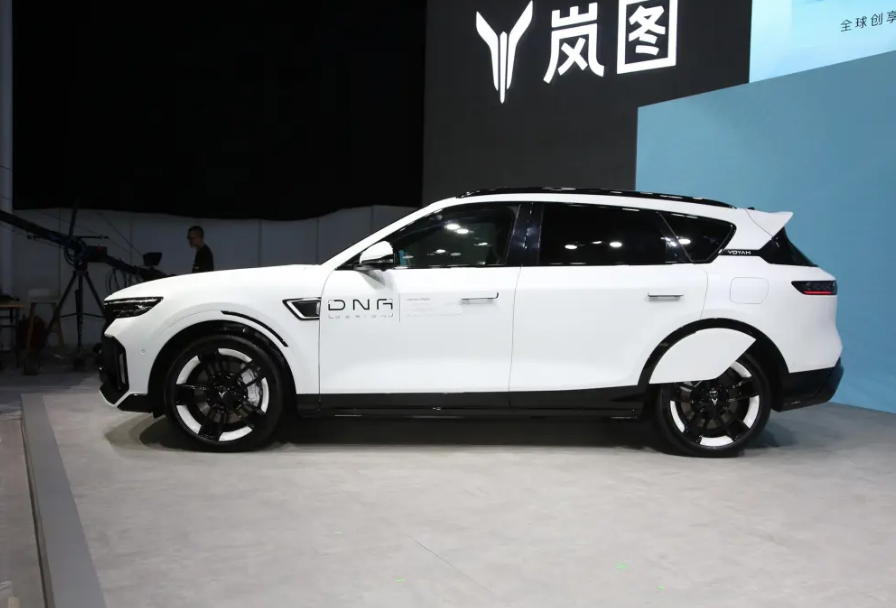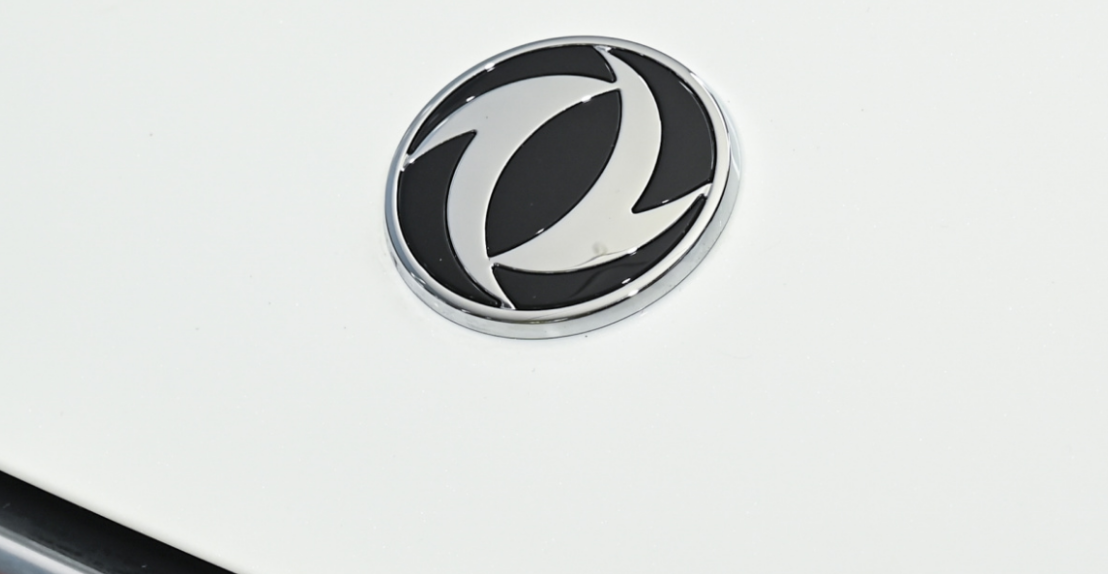On September 24, the Liberia-flagged car carrier JISU FORTUNE was involved in an accident at the Port of Zeebrugge, Belgium: the vessel collided with the Pierre Vandamme Lock during departure maneuvers. Fortunately, no injuries were reported, but both the vessel and the lock sustained damage, temporarily closing the shipping channel to Zeebrugge’s inner harbor.
Accident Details
According to eyewitnesses and local media, JISU FORTUNE was preparing to leave Zeebrugge when a sudden strong gust of wind struck during its approach to the Vandamme Lock, causing the vessel to lose control and crash into the lock gate. Both the ship and lock structure were damaged, blocking entry and exit to the inner harbor for several hours. Since the lock connects Zeebrugge’s outer and inner harbors, the incident temporarily disrupted traffic for other vessels and halted port operations.
Emergency Response and Follow-up
Belgian port authorities immediately launched an emergency response, sealing off the channel and inspecting the damage. Within several hours, traffic gradually resumed. According to Belgian media outlets HLN and Nieuwsblad, the Vandamme Lock reopened in the early morning of September 25, though damaged sections still require assessment and repair.
Cause of the Accident
Preliminary investigations indicate that a sudden strong wind gust (felle windstoot) directly caused the vessel to lose control. Belgian maritime news outlet Flows.be noted that the weather suddenly worsened at the time of the incident, with winds exceeding the safe threshold for ship maneuvering in the narrow lock approach. Authorities have launched a further investigation to determine whether human error, pilotage, scheduling, or technical faults played any secondary role.
Vessel and Operator Background
- Name: JISU FORTUNE
- Flag: Liberia
- Built: 2025
- Type: Pure Car and Truck Carrier (PCTC)
- Dimensions: Length 200m, Beam 38.03m
- Owner/Manager: Zodiac Maritime Ltd., Israel
- Operator: JISU Logistics (a wholly-owned subsidiary of Geely Holding Group), through a long-term charter. The vessel operates under a “charter-and-self-operate” model to support Geely’s global car exports.
According to its voyage plan, after completing cargo operations at Zeebrugge, the vessel was scheduled to sail to Casablanca, Morocco. The accident temporarily delayed this voyage. After the collision, the ship made an emergency berth at a container terminal in Zeebrugge for technical inspection. However, tracking data from ShipView indicated that by 07:42 Beijing time on September 27, the vessel had departed Zeebrugge and resumed its voyage.
Impact and Implications
Zeebrugge is a major hub for Europe’s car exports, with one of the continent’s largest car terminals. Although no injuries occurred, the JISU FORTUNE accident temporarily blocked access to the inner harbor, disrupting automobile logistics operations.
This incident highlights the risks that extreme weather poses to large car carriers maneuvering in confined port waters and underscores the need for enhanced safety and weather monitoring as shipping transitions to greener, larger vessels.
The JISU FORTUNE collision remains under investigation. As damage assessments and liability determinations proceed, the full impact on Zeebrugge’s automotive logistics chain will become clearer. For China’s rapidly expanding car export sector, this event serves as a reminder: in the pursuit of scale and efficiency, safety and risk management in extreme weather must not be overlooked.



